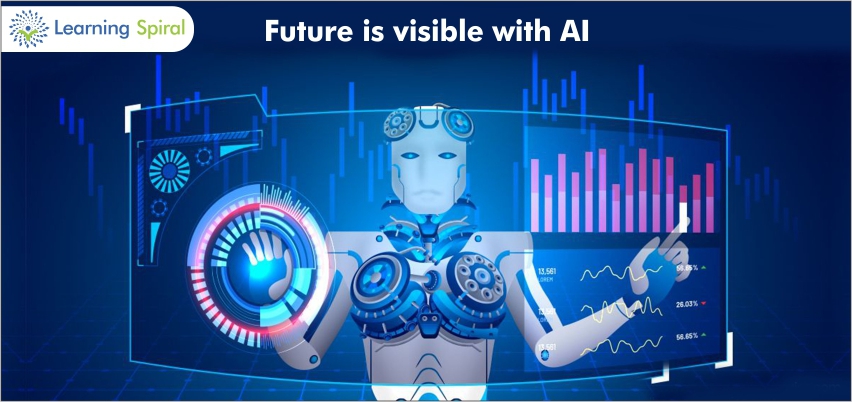
All of AI’s research efforts have focused on constructing specialized artificial intelligence, and the results have been spectacular, especially over the last decade. This is thanks to the combination of two elements: the availability of huge amounts of data, and access to high-level computation for analyzing it. And also thanks to the technology developers who let this happen to us.
The most complicated capacities to achieve are those that require interacting with unrestricted and not previously prepared surroundings. Designing systems with these capabilities requires the integration of development in many areas of AI. We particularly need knowledge-representation languages that codify information about many different types of objects, situations, actions, and so on, as well as about their properties and the relations among them—especially, cause-and-effect relations. We also need new algorithms that can use these representations in a robust and efficient manner to resolve problems and answer questions on almost any subject. Finally, given that they will need to acquire an almost unlimited amount of knowledge, those systems will have to be able to learn continuously throughout their existence. In sum, it is essential to design systems that combine perception, representation, reasoning, action, and learning. This is a very important AI problem as we still do not know how to integrate all of these components of intelligence. We need cognitive architectures (Forbus, 2012) that integrate these components adequately. Integrated systems are a fundamental first step in someday achieving general AI.
No matter how intelligent future artificial intelligence become, they will never be the same as human intelligence: the mental development needed for all complex intelligence depends on interactions with the environment, and those interactions depend, in turn, on the body—especially the perceptive and motor systems.
Man has always been fascinated by science-fiction, attempting to recreate some of the wildest tech imaginations. Robots, intelligent machines, advanced software, artificial intelligence and neural networks have been result of the fascination and today, we’re at a stage where all these are becoming a reality. From just a vision to actual advancements, we’ve come a long way. Today, artificial intelligence is a fascinating wing of science and technology that is slowly shaping our future.
If you didn’t know, advanced machines and devices with autonomous decision-making abilities have already made their way into reality. Amazon has been a pioneer in introducing automated machines and their innovations have been quite surreal. The Amazon Go store that attempts to bridge the gap between eCommerce and brick-and-mortar stores, advanced supply-chain management systems, delivery drones are all examples of their baby steps towards advanced artificial intelligence.
Besides, we also have smart homes, self-driving cars, facial recognition systems and more are gradually bringing inconvenience in our lives. Besides, the onset of Big Data and Machine Learning is also complementing the evolution of artificial intelligence, allowing machines to become smarter in terms of grasping things, understanding patterns, learning trends, and coming up with better and informed solutions. Your music apps, shopping carts on online shopping websites, virtual personal assistants are examples of simple Machine Learning applications.
However, we believe that the future is going to be more epic when artificial intelligence will have taken its full shape. We anticipate the future of artificial intelligence will be nothing less than the best sci-fi movies. To paint a better picture in your mind, here’s the future of artificial intelligence.

Autonomous Transportation: We’ve already heard, read and seen enough about self-driving cars. With tech mammoths like Tesla, Google, Uber and more getting hands on with self-driving cars, we have already witnessed the first step towards automated transportation. While some failed, some experiments succeeded, the takeaway here is that self-driving cars are real. In future, the technology will evolve and we will see in our roads replicas from Back to the Future, where transportations like public buses, cabs, and even private vehicles will go driverless and on autopilot. With more precision, smart vehicles will take over the roads and pave way for safer, faster and economical transport systems.
Robots into Risky Jobs: Today, some of the most dangerous jobs are done by humans. Right from cleaning sewage to fighting fire and diffusing bombs, it’s we who get down, get our hands dirty and risk our lives. The number of human lives we lose is also very high in these processes. In the near future, we can expect machines or robots to take care of them. As artificial intelligence evolves and smarter robots roll out, we can see them replacing humans at some of the riskiest jobs in the world. That’s the only time we expect automation to take away jobs.
Whereas, Data annotation is done to create the training data sets for AI and ML. Data annotation helps machines to learn certain patterns and correlate the results, and then use the data sets to recognize the similar patterns in the future to predict the results.
Learning Spiral is here to Empower your algorithm with our human data labeling and Data annotation services. Our ISO 27000 certified facilities are equipped to handle the most secure data, and our training data expertise helps reduce ramp time and increase quality.
Thanks For Reading & Stay Tuned!

